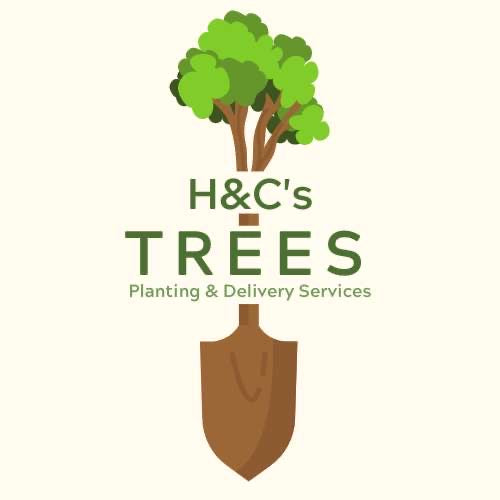Drainage
Inadequate drainage can pose a significant problem for your garden, particularly if an area lacks the ability to drain water away during heavy rainfall. This can make it extremely difficult for your new plants to establish themselves, and there is a strong likelihood of failure. As a result, it is crucial to ensure proper drainage in your garden to prevent this from happening. We are committed to providing our customers with the necessary information to avoid this issue and ensure successful plant growth.
Testing Drainage
Before planting in an area where soil drainage is uncertain, it's highly recommended to test the soil drainage first.
Here's how to test soil drainage:
A percolation test (perk test) is the most effective way to assess soil drainage, even on a slope. To perform a perk test, use a shovel or post-hole digger to dig a hole at least 12 inches deep and 4 to 12 inches wide. If the root balls of your plants exceed 12 inches in height, consider digging the hole up to 18 inches deep. Avoid conducting the test in overly wet soil, as this can create a glazed surface on the hole's sides, leading to inaccurate results. To minimise digging, you can use a planting hole for the test.
Start by filling the hole with water and allowing it to drain completely. This may take a few minutes or an entire day, depending on the soil. This initial step saturates the soil. Once the water has drained, refill the hole and measure the water depth with a ruler. After 15 minutes, measure how much the water level has dropped (in inches). Multiply this value by 4 to determine the hourly drainage rate.
Interpreting the Results
- Ideal Drainage: Soils that drain 1 to 3 inches per hour are suitable for most plants.
- Poor Drainage: Soils draining less than 1 inch per hour indicate poor drainage. In such cases, consider improving the soil's drainage or selecting plants that tolerate wet conditions.
- Excessive Drainage: Soils draining more than 4 inches per hour are very well-drained. These may need amendments or planting with species adapted to dry conditions.
